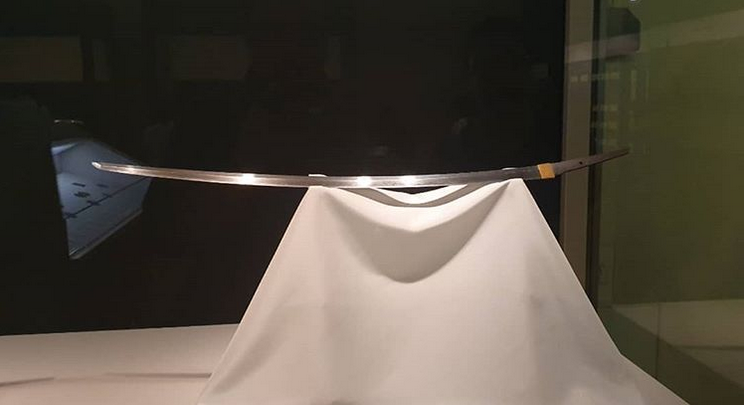While martial suicide is a practice found in a lot of cultures, the act of seppuku, or ritual self-disembowelment, is peculiar to Japan. The earliest known acts of seppuku were the deaths of samurai Minamoto Tametomo and poet Minamoto Yorimasa in the latter part of the 12th century. Seppuku is known in the west as hara-kiri. However, the term seppuku is considered a more elegant usage.
As the human spirit was believed to reside in the stomach, slitting the stomach open was considered to be the most straightforward, and bravest, way to die. Therefore, this act was a privilege reserved for the samurai. Commoners were allowed to hang or drown themselves, and samurai women could slit their own throats, but only a male samurai was allowed to commit seppuku.
By committing seppuku , a samurai would be able to maintain or prevent the loss of honor for himself and his extended family. Therefore, a samurai who committed seppuku was often revered after his death. Defeated or dishonored samurai who chose to surrender rather than commit suicide often found themselves reviled by society.
First egg from Antarctica is big and might belong to an extinct sea lizard
Hagia Sophia and the little known last Divine Liturgy
The Ritual of Seppuku
By the Edo Period, the act of seppuku had become a fully developed ritual. Emphasis was placed on a strict adherence to the ceremony. In a typical seppuku, a large white cushion would be placed and witnesses would arrange themselves discreetly to one side. The samurai, wearing a white kimono, would kneel on the pillow in a formal style. Behind and to the left of the samurai knelt his kaishakunin (his “second” or assistant).
Read more: Ancient Origins







































